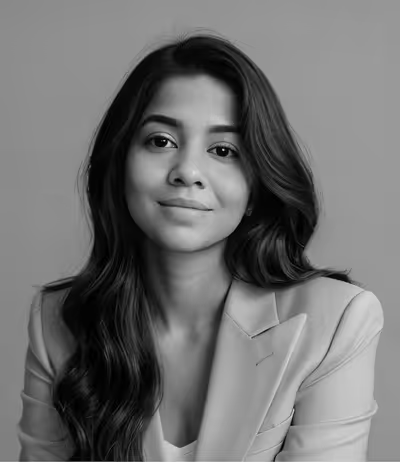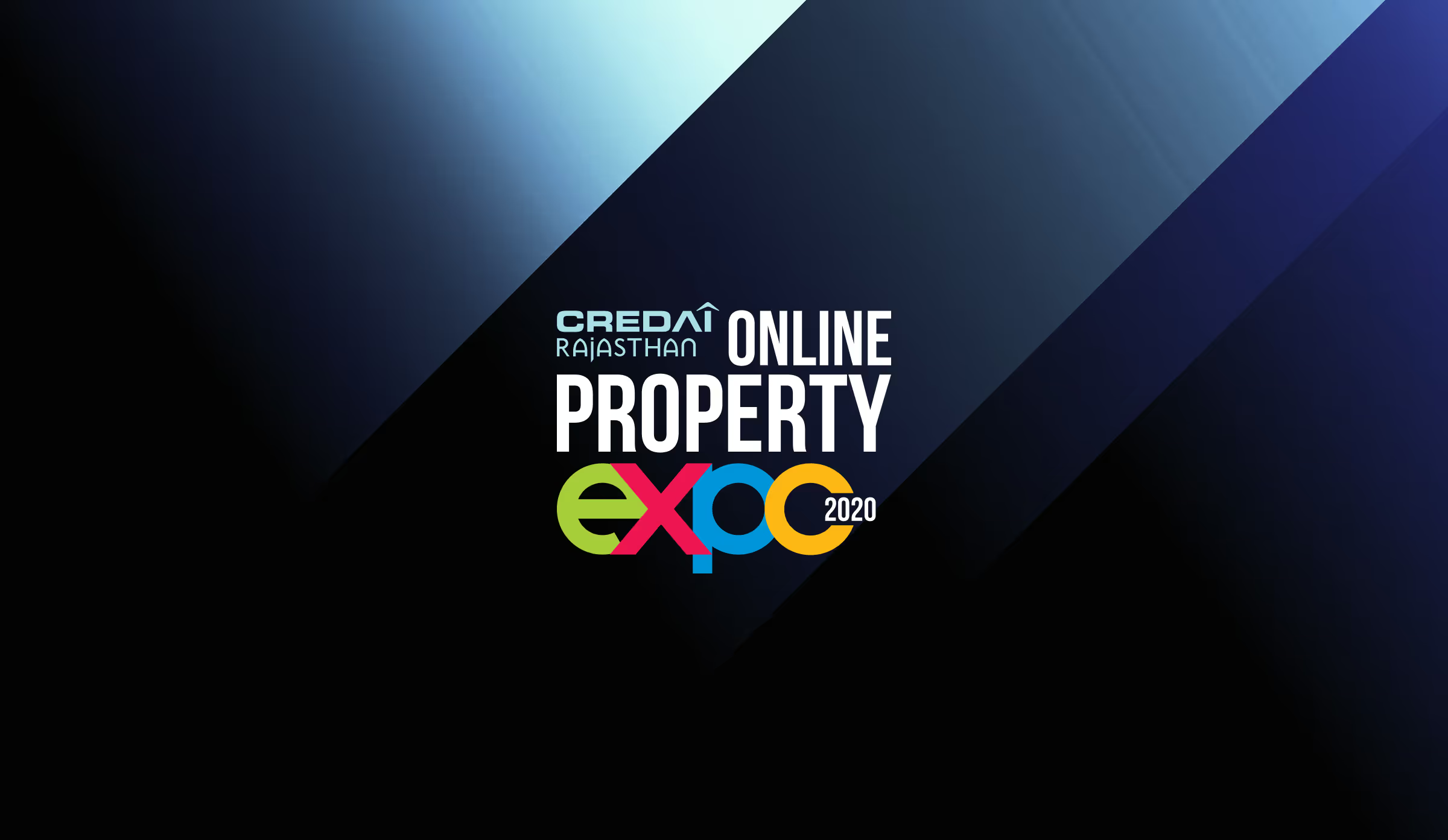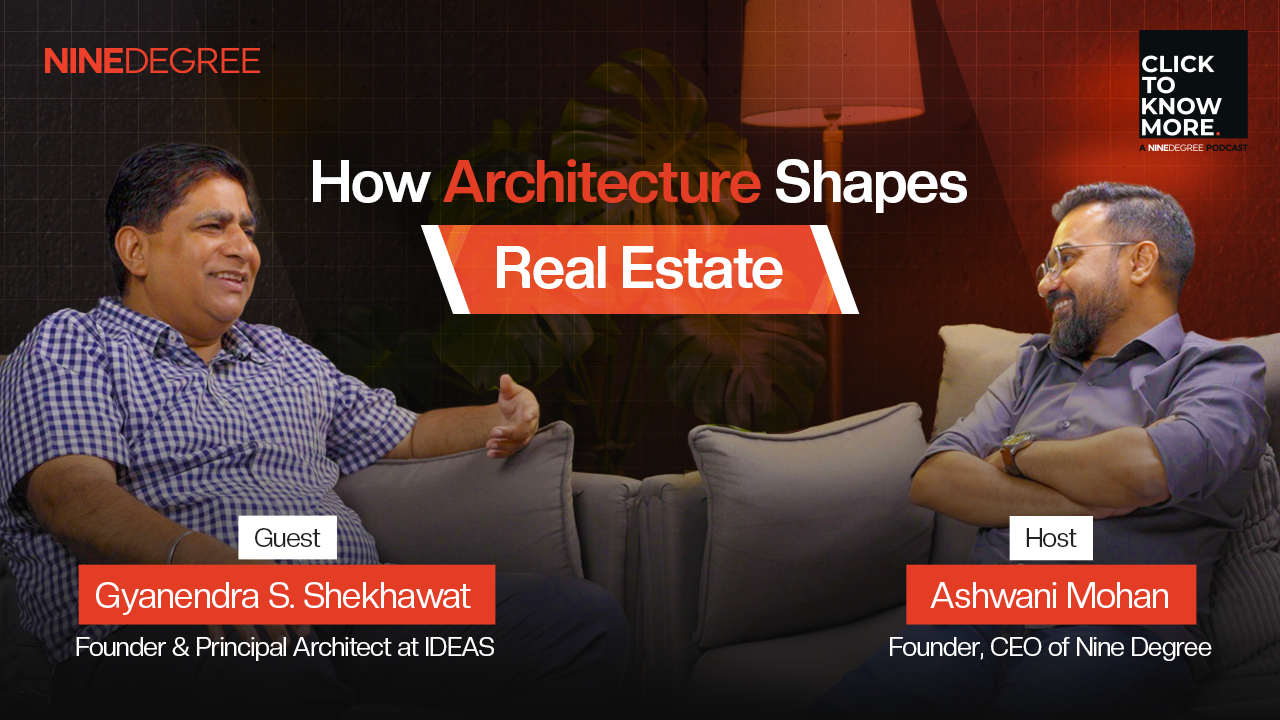Atida Agarwal on turning Plastic Waste to Purposeful Fashion
What if your next favorite bag was once industrial plastic waste? In this episode of Click to Know More, Atida shares how she turned discarded materials into beautifully designed, functional bags and built a movement around conscious living. From late-night ideas to working with artisans and tackling public perception, Atida walks us through the highs, lows, and what it really takes to build a sustainable business in India today.
Atida Agarwal on turning Plastic Waste to Purposeful Fashion
What if your next favorite bag was once industrial plastic waste? In this episode of Click to Know More, Atida shares how she turned discarded materials into beautifully designed, functional bags and built a movement around conscious living. From late-night ideas to working with artisans and tackling public perception, Atida walks us through the highs, lows, and what it really takes to build a sustainable business in India today.
The driving force behind the scenes, seamlessly blending her passion for creative design with cutting-edge marketing. She excels at empowering brands and sparking growth with innovative strategies, constantly bringing fresh ideas to the forefront.
Atida Agrawal, has Embraced sustainability her entire life, favoring conscious shopping and supporting Indian brands. An architect and interior designer by profession, she once despised plastic until the COVID pandemic reshaped her perspective. With her innovative approach, she believes bags are the most sustainable way to repurpose plastic, no freezing, no heating, just pure utility. Atida is leading the charge for a greener future, Aimed at youth, yet designed to appeal to anyone over 18 years old.
Watch this episode and learn:
- People won't buy just because your product is sustainable it still needs to look good and feel right.
- Building a brand takes more than a logo; it’s about telling a story that clicks with your audience.
- If your product fails in real use like broken straps it doesn’t matter how great the idea was.
- Design decisions should be based on who’s actually buying, not who you wish was buying.
- To survive, passion needs to meet practicality, you can’t scale without fixing production, pricing, and demand.
Read the transcript
Starting a new business. How important do you think developing a brand is?
There was a point where I was like, I’m not doing it. I was so done with the whole process. The concept was either to create something ourselves or just leave it to the designer to come up with something.
You can’t live without plastic. You have to understand that you need to limit its use.
We tried a website, we tried Instagram. It didn’t really pick up well. Then I started with the exhibition.
There was a point where I was like, after this exhibition, I’m giving up - with just one order. Out of 400 bags, the moment people started using them, all the bags failed.
Sorry about that.
No worries.
Are you nervous?
Yeah.
How nervous are you?
A lot.
Come on. I get it.
So, today we have a very special friend of mine, Ati. We’ve known each other for the last 20 years. She’s an architect turned entrepreneur, building a lovely brand called Handy. It’s all about sustainable bags. Let’s hear more from her.
So Ati, yeah, it’s been 20 years since we’ve known each other. Can you believe that? Like, 20 years have passed. What all has changed? Like, from studying...
So, you make bags, right? Tell me more about it. Where did you get the idea from, how did it come about, and is it handy?
When COVID started, I went to Indore to work with my uncle’s company.
Oh, so Indore is your favorite city?
Yeah, I think it’s my love. Maybe my second love after Jaipur.
After Jaipur, yes, of course.
So, I went there during COVID and started working with them. Apparently, they are in the plastic industry. And when you talk about sustainability, I’ve known since school and college that plastic isn’t good for...
Environment?
You really shouldn’t use it. It was totally against my conscience that I was working in the plastic industry. I’m sorry, uncle, but it was there, and I started working there as a marketing executive.
So, I was just learning about it, and then I realized that plastic and COVID were happening at the same time, and we were getting news daily. Then I realized plastic isn’t all bad because PPE kits and dead bodies were wrapped up in plastic, right? So that’s how the virus is contained. It’s contained inside.
Right. So, where’s the problem with plastic in all this? It’s like it becomes a hero, right?
For me, it’s a hero because without plastic, we wouldn’t be able to contain the virus.
That’s like a totally new perspective on plastic.
So, I focused on that, did my own research, followed a bunch of accounts on Instagram and stuff. Then I realized that we humans - we’ve destroyed everything - and then we blame everything else.
Like, why are we cutting down animals? Because if we don’t, they’ll overgrow. But it’s us...
We’re breeding it.
Plastic isn’t bad. It was an experimental material and it’s given you so many benefits because it’s really neutral. It generally doesn’t react, you know? So, you’re carrying chemicals and toxins in plastic. Logistics have become easier and cheaper for manufacturers. Basically, plastic has solved a lot of problems worldwide. How can it be bad?
The bad or the evil part about plastic is that we weren’t recycling it. We weren’t handling the waste properly.
Right?
So, I realized that’s exactly where we need to step in. I didn’t want to use virgin plastic and then just make bags out of it.
Plastic can be a hero.
True.
It’s being used as a hero. But what about the latter part - when you dump it?
That’s where I thought we should start doing something.
The challenge.
Yeah. There was a challenge and an opportunity.
Right.
To change the narrative. That we can fix this now. We can actually build ourselves up, and it’s not even just about telling a story. It’s about building the right way to manage it.
Plastic waste.
So, then I talked to my uncle, and then, you know, it just stuck in my head. He always had this name "Handy" in his mind. Somewhere, I don’t know why, but he already had the thought of you.
Like, no, it was him. Like nice. Handy’s Handy. Like the first thing that comes to mind is very handy, you know?
Yeah, Handy’s Handy. And you know, even the tagline is Handy’s Handy and all.
I remember you coming for the brand development and then you shared this name with me. I was like, someone told me this is the right name for a bag brand. What else could it be? Handy? Handy.
Right? But the whole thing died because you wanted to position it in a premium segment somewhere, right? Or because you wanted to earn premium somewhere, right?
So, how do we make it look premium? The words are casual, but then how do we make it look premium?
I know, I know you grilled me when I showed you the logo I got from a freelancer and you were like, "Ati, I’ll do it for you, please."
Like, okay. So, then you designed the logo and it’s like, love at one go. It was lovely. I even love that brand to date. This branding looks fantastic. I love it.
But yeah, let’s go back to Chachaji and the plastic.
Okay. So, he helped me. He was my biggest support system because he has like three or four factories, and each factory has its own recycling unit.
This is good, yeah. This is good to know.
Yes. Yes, yeah.
So, that made me realize that if I have the sources and resources, why not use them?
So now, pretty much, I started collecting industrial packaging waste.
Okay.
Alright? We collect it, we segregate it.
Okay.
By color, and by quality. So, I’m not using every type of plastic. I’m only using two types of plastic.
There’s high-density and low-density polyethylene. We don’t actually call that polythene. Single-use plastics, which we want to ban. Kids' toys, shampoo bottles - these all fall under HDPE and LDPE, right? So, we use them mainly for industrial packaging.
We collect it, segregate it, and then there has to be some metric turnover to recycle it all at once.
Okay, so first I collect it, then I set it aside. Once it adds up to a good amount, we recycle it. It’s a long process.
It’s a time thing.
Yeah, it’s a time thing.
Then comes the extrusion machine where plastic is melted.
Okay.
And then it is made into small granules.
So that’s like raw material for you?
Yeah, and after that, I mold it into sheets and rolls. Then I cut and laminate it.
So that gives you the structure for the bag?
Exactly. That’s the part where my design experience kicks in. I understand stitching, joints, where tension will occur. I test for tear resistance, stress points, those things.
Wow. So, it’s a complete production line.
It is! From waste to material to design to stitching.
And your designs are really nice. You’ve kept them minimal, premium.
Thank you. I wanted the bags to feel elevated, not like they’re made from waste. That’s the biggest myth we have to break.
Yeah, because when people think of recycled, they imagine it’ll be dull or flimsy.
Right. So, when I did the first exhibition, I only got one order. Out of 400 bags, that was it.
That must’ve been heartbreaking.
It was. I cried. I thought, maybe this isn’t working.
But you didn’t stop.
No. I looked at why the bags failed. I realized they couldn’t take weight. So, I improved the stitching, the lamination.
The second time?
Sold out.
That’s a great bounce back.
It felt so good. From there, I knew this was real.
Then came the team. I realized I couldn’t do this alone. I needed people to help with operations, marketing, even stitching.
Did you hire professionals or train people?
A mix. Some tailors came in from local units. Others we trained. Some of the women in nearby areas started supporting us too.
So it became a community thing.
Yeah, and I really wanted that. I didn’t want this to be just about bags. I wanted it to create impact, employment, and awareness.
Beautiful.
Now, how are you marketing it?
We’re doing a bit of everything. Instagram has picked up. We get bulk orders from exhibitions. And now, we’re also talking to stores that stock conscious brands.
Like lifestyle concept stores?
Exactly. Where people already come looking for sustainable options.
Are you making profits?
We’re breaking even. Some months we’re in the green, some months we’re not. But the momentum is there. The love is there.
And the belief is stronger now?
Absolutely. The belief is what kept me going.
So, what’s the plan now?
We’re launching a new range - laptop sleeves, pouches. And we’re working on collaborations.
With fashion brands?
Yes. We’re making limited edition pieces. And down the line, I want to build a recycling awareness program in schools.
That’s amazing.
Thank you. It feels like we’re just getting started.
And you are. Handy is handy, and it’s meaningful.
Thank you so much.
You’re welcome. And to everyone listening - support local, support sustainable, and always look for what’s handy.

Suvaas
Driving 8000+
inquiries a day that crashed systems for an affordable housing









.png)
.png)